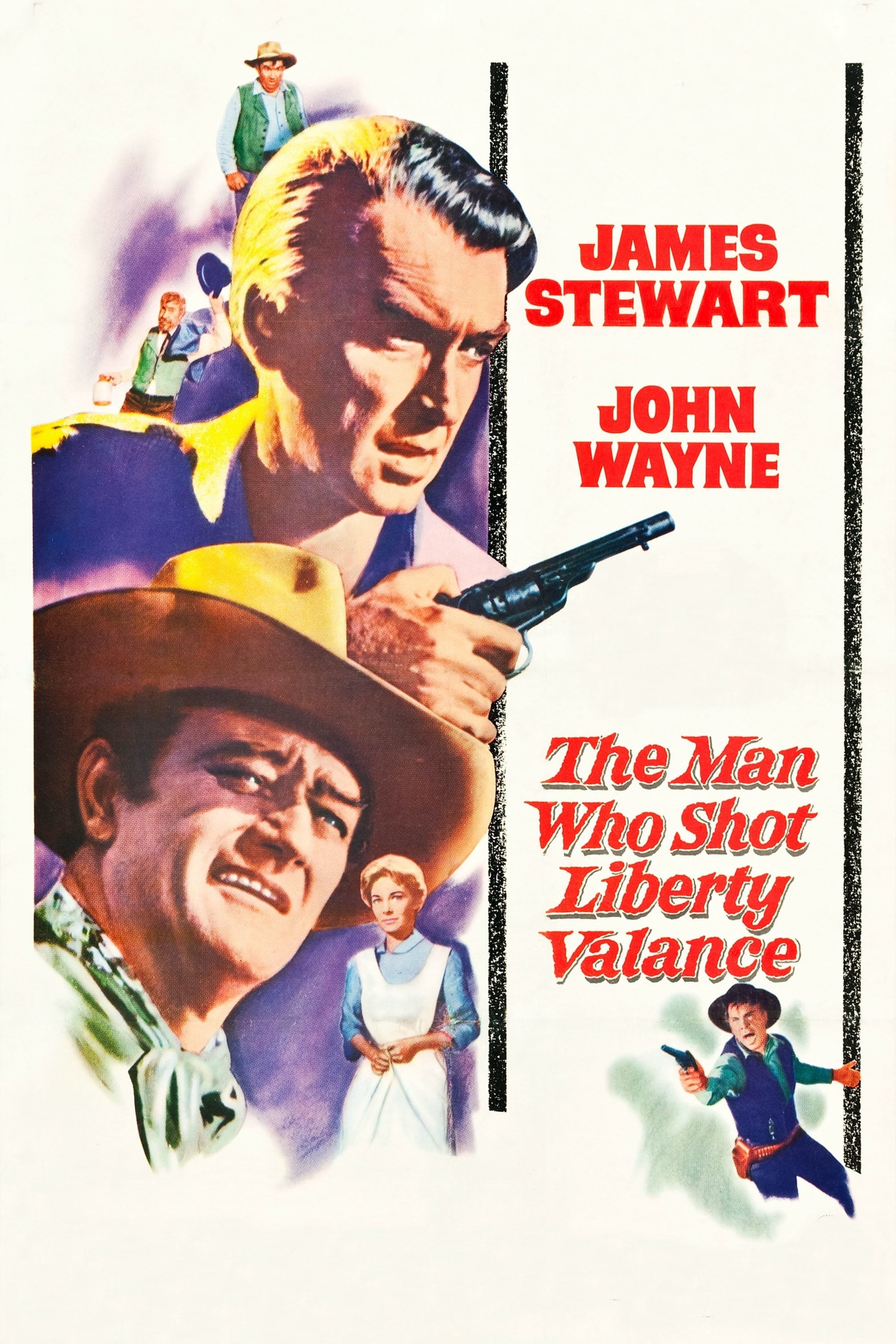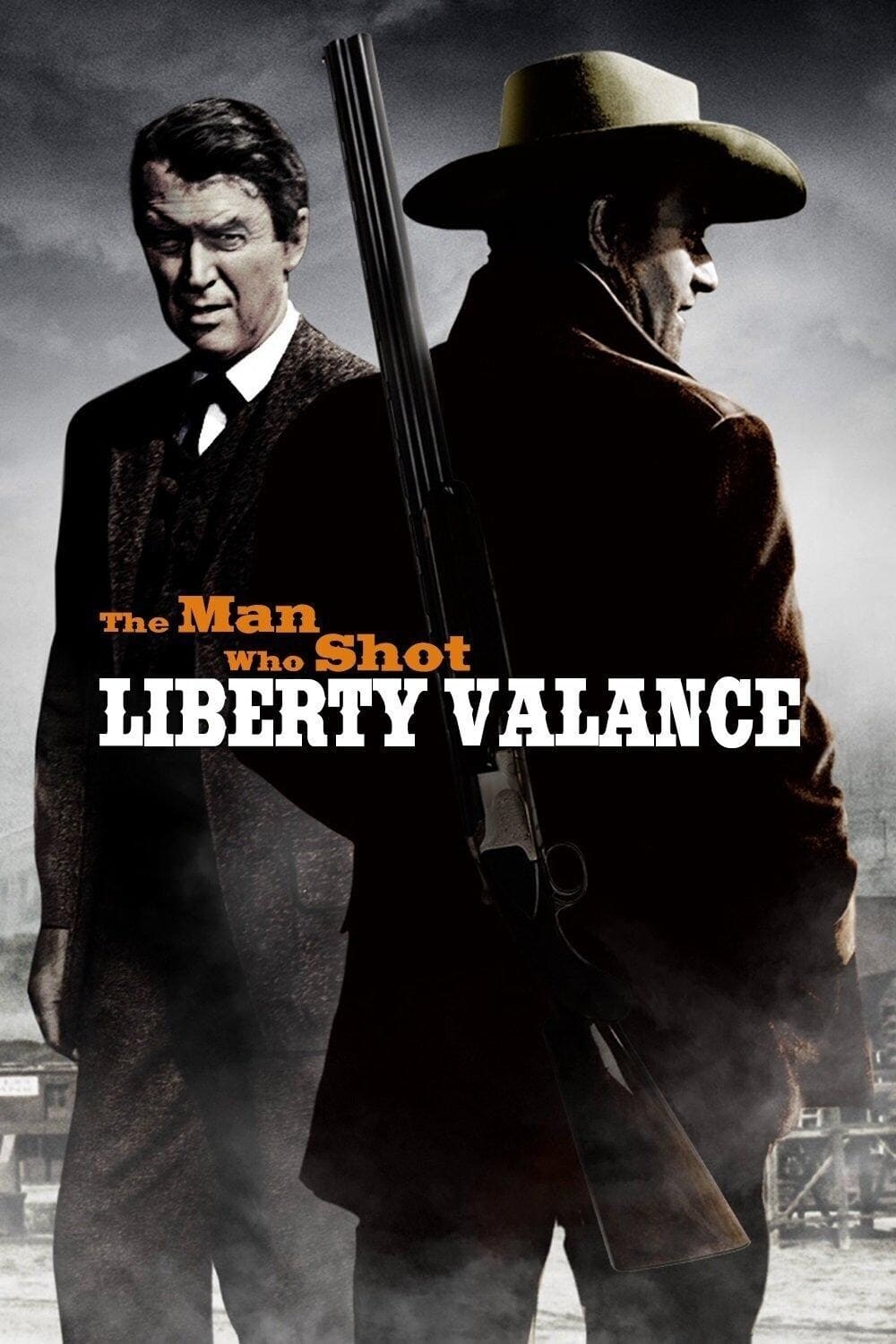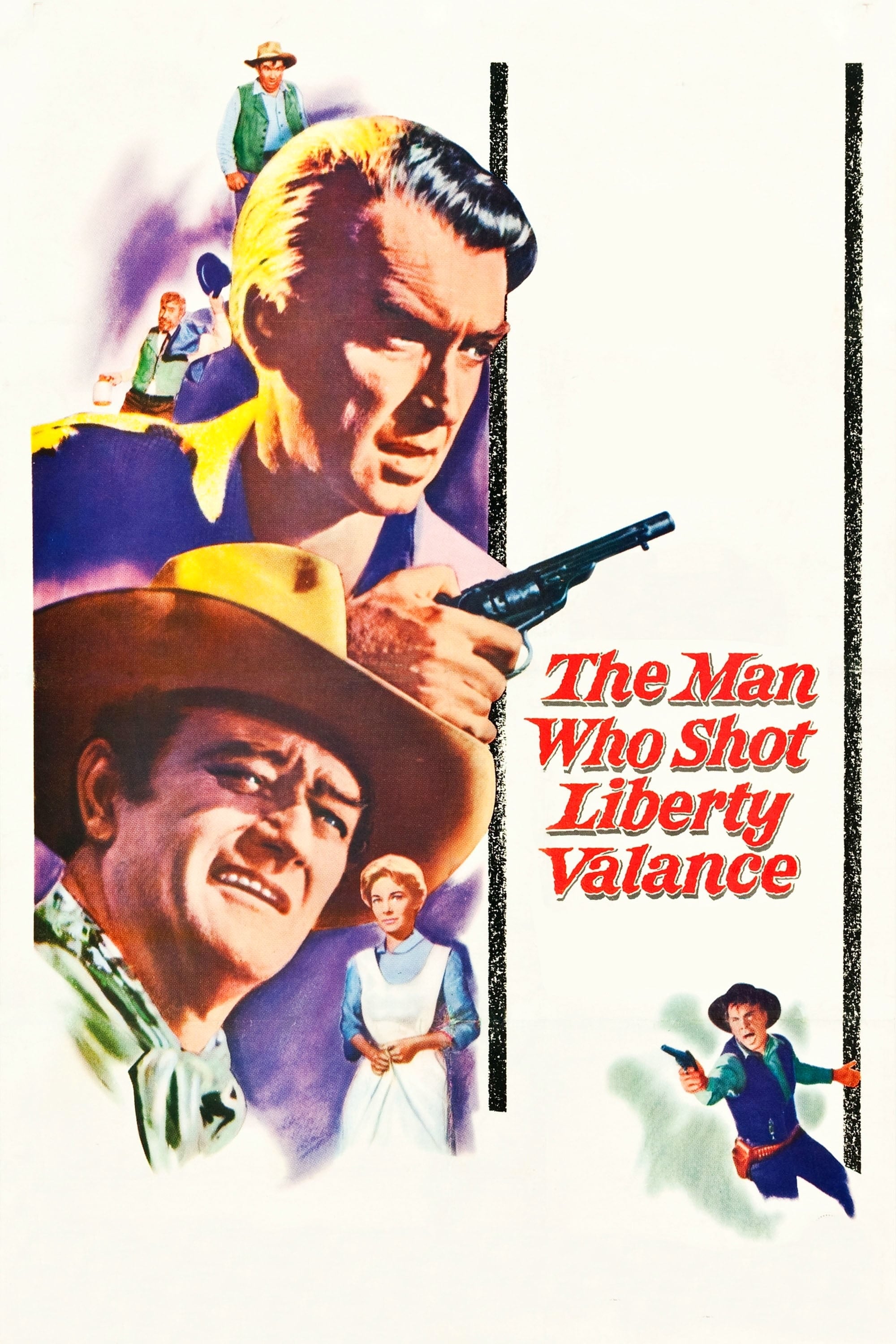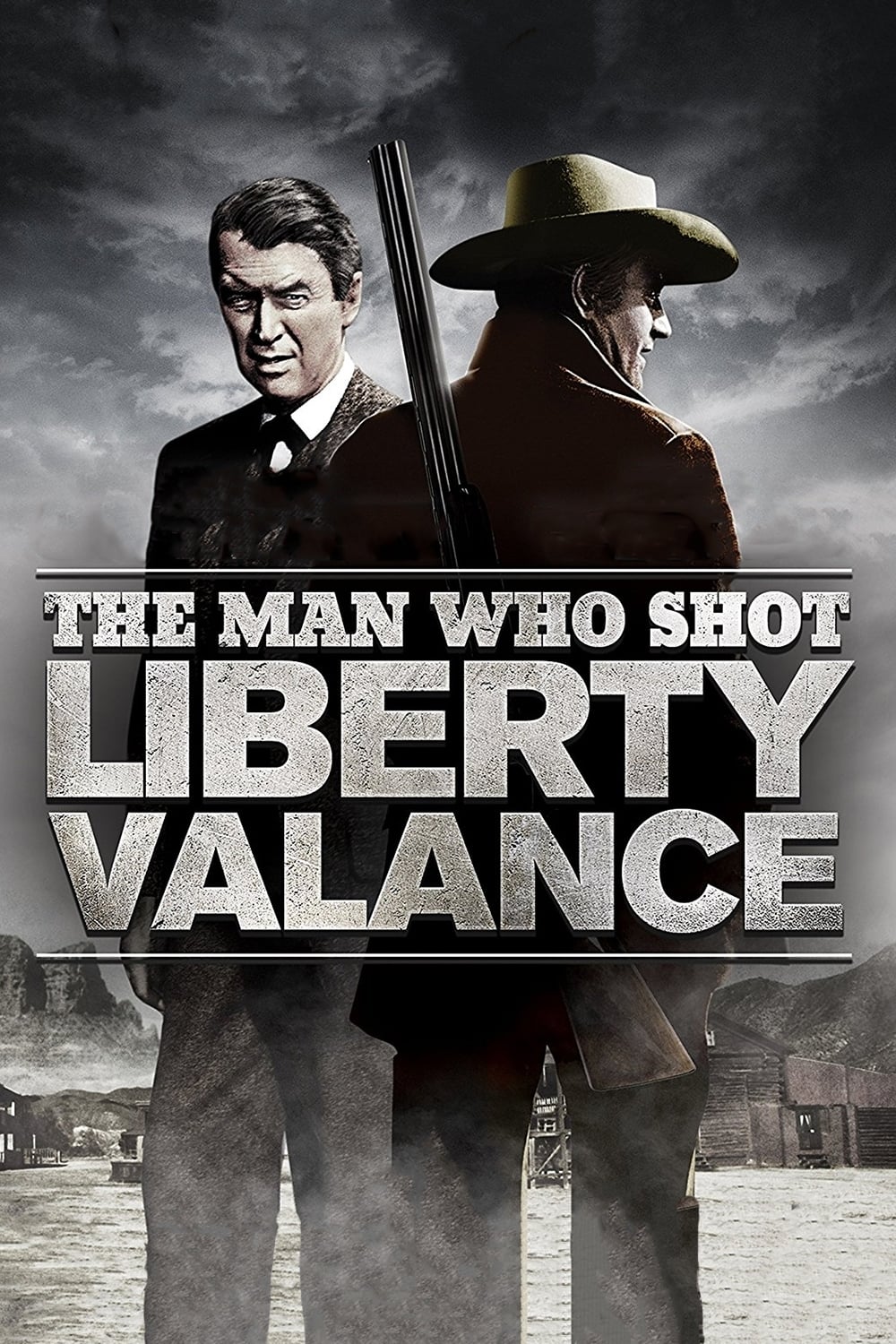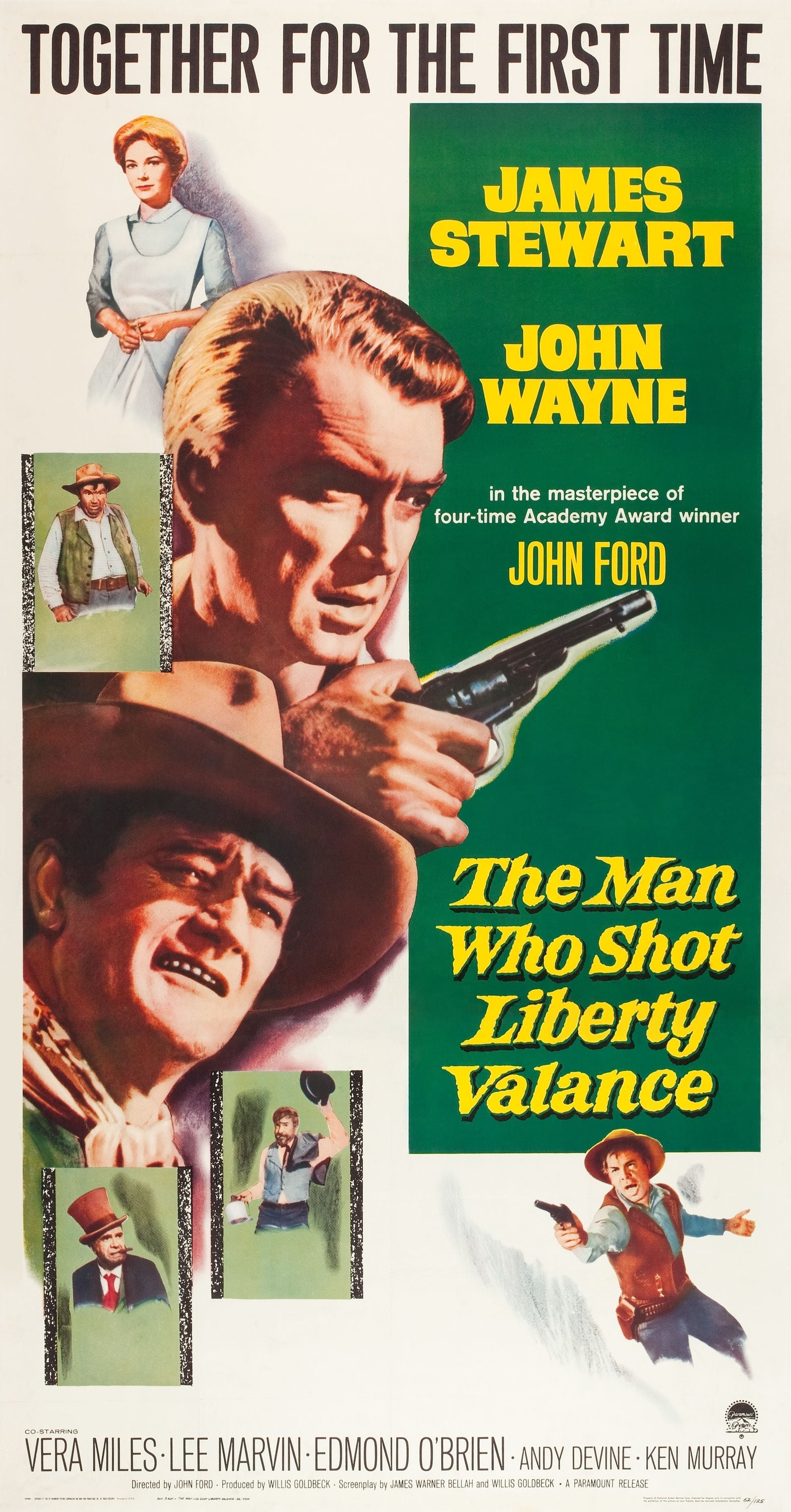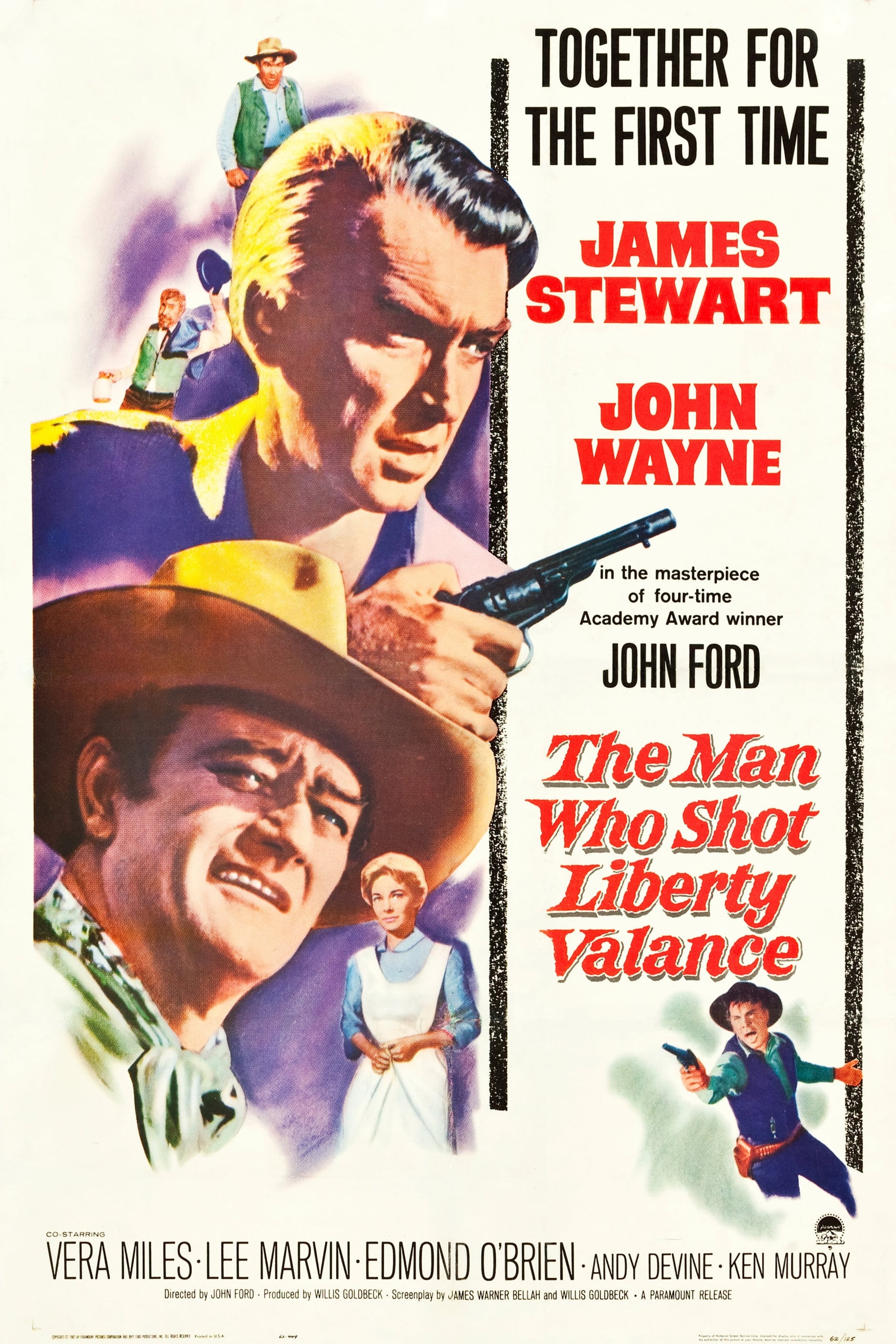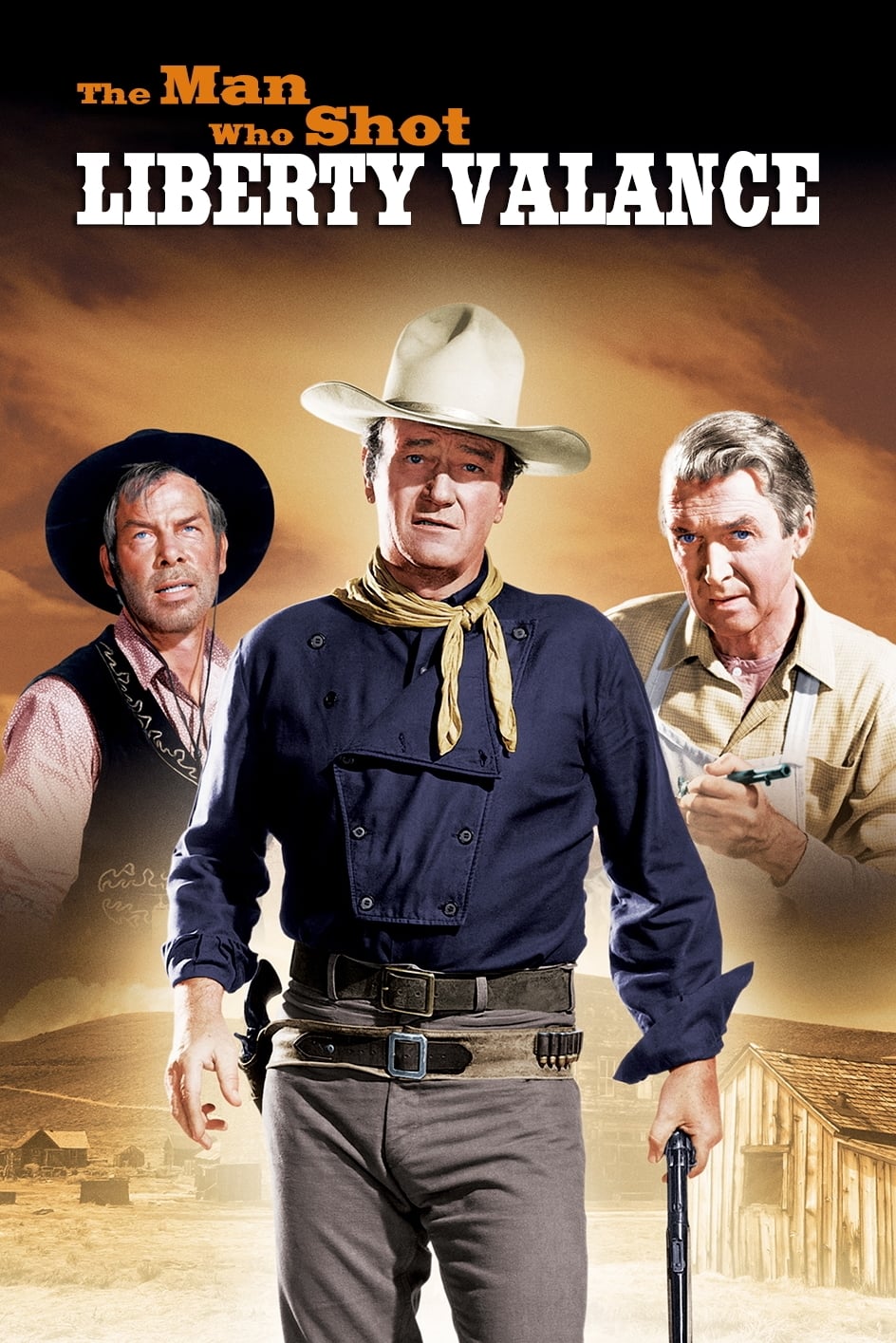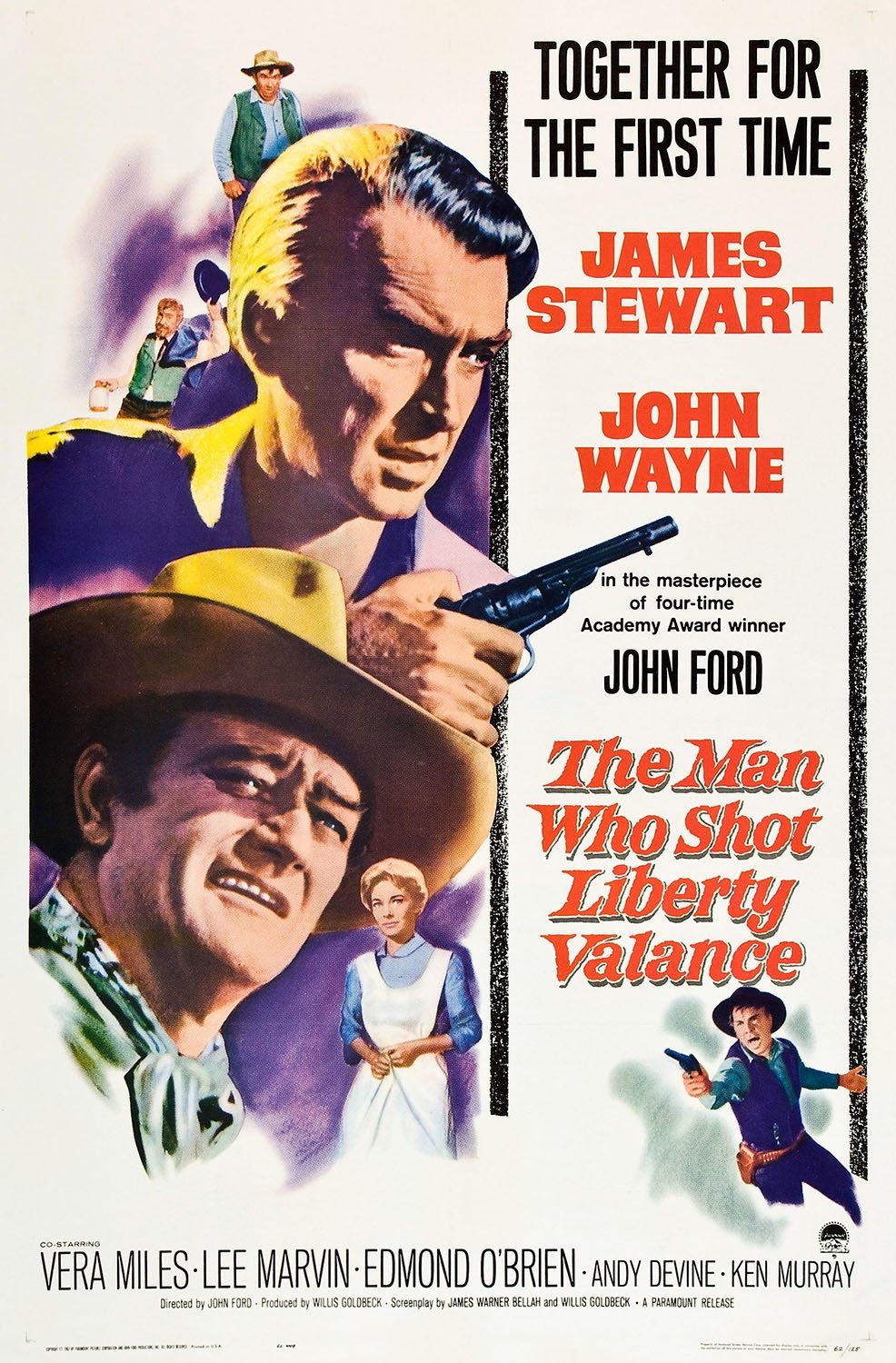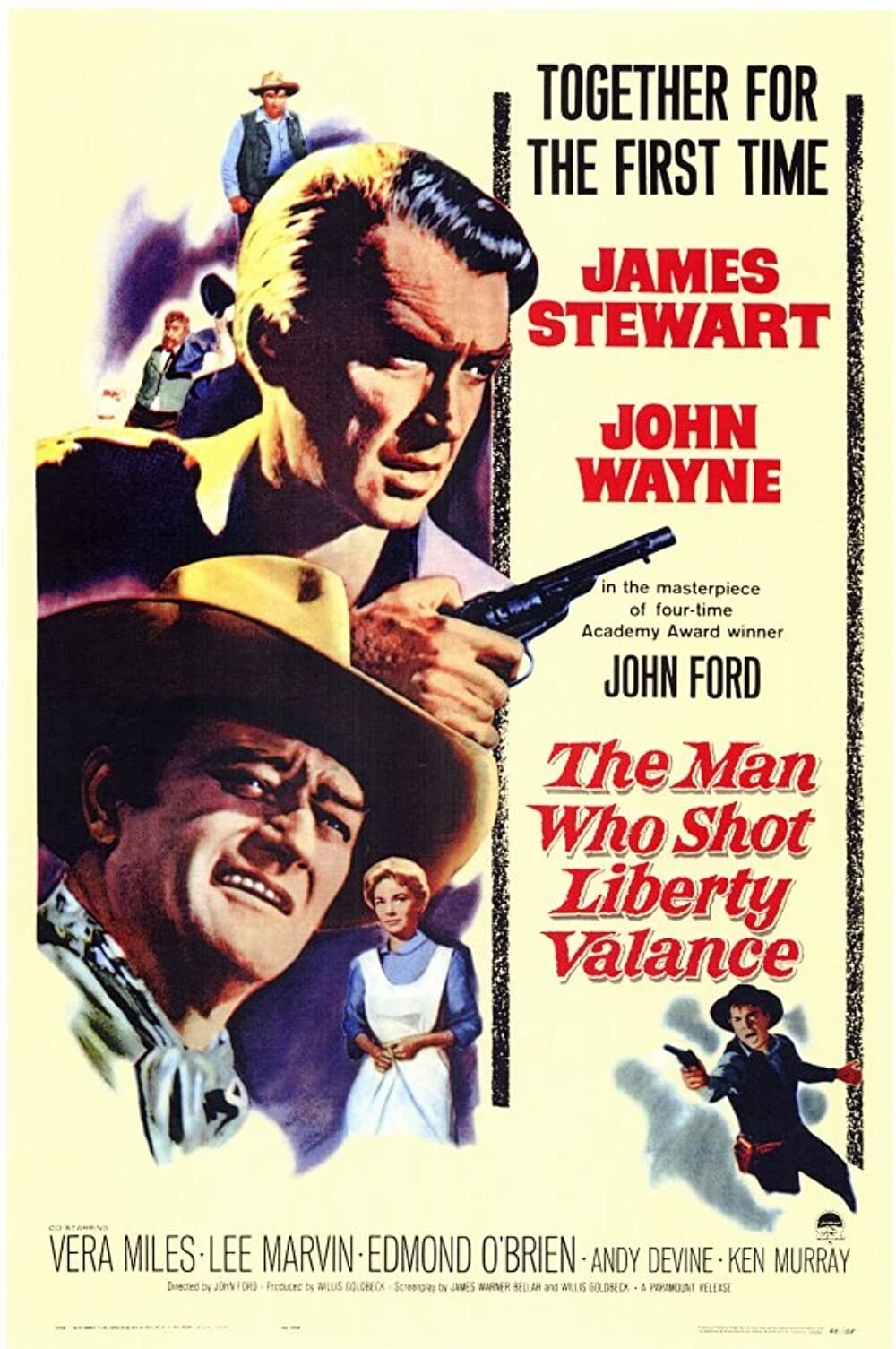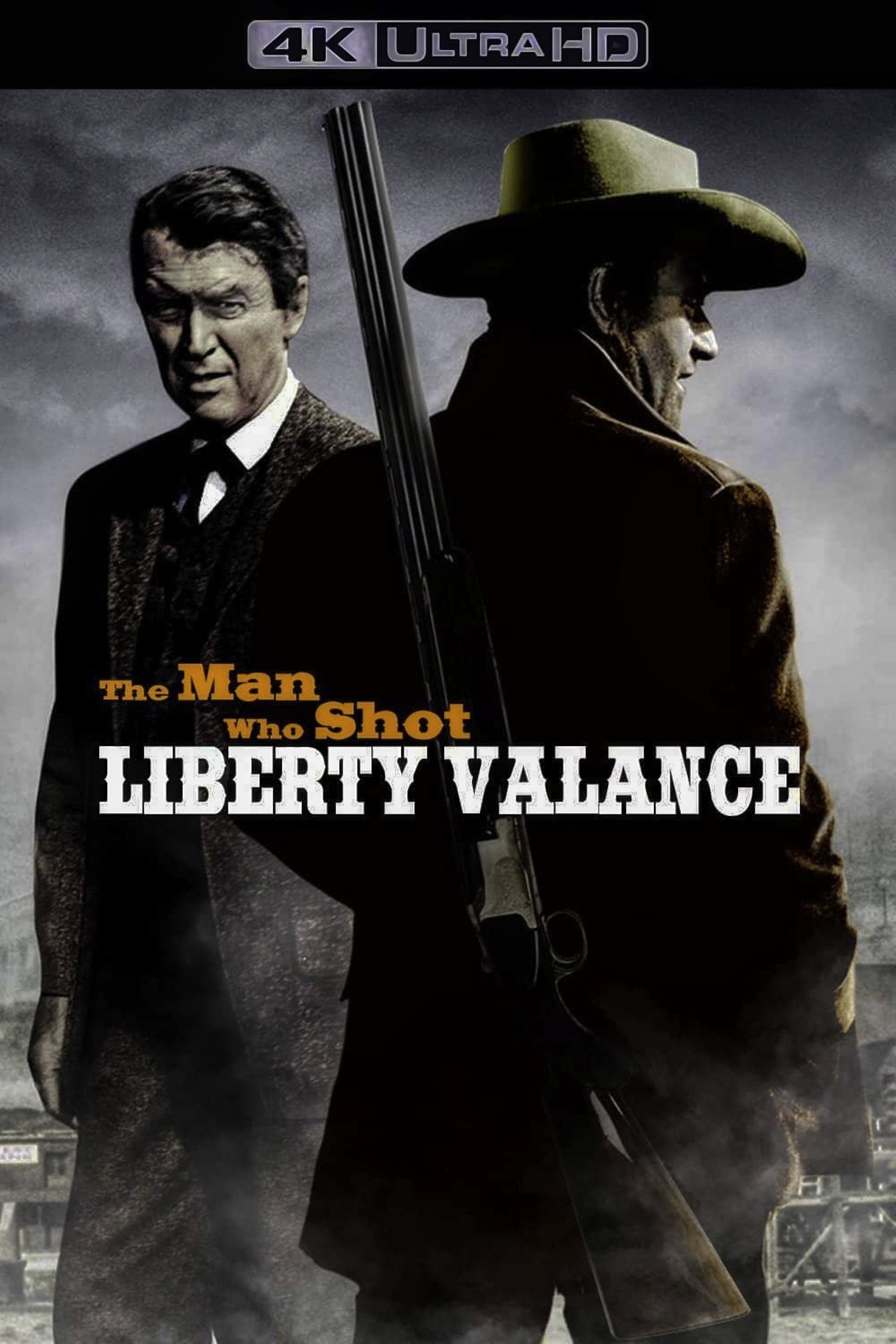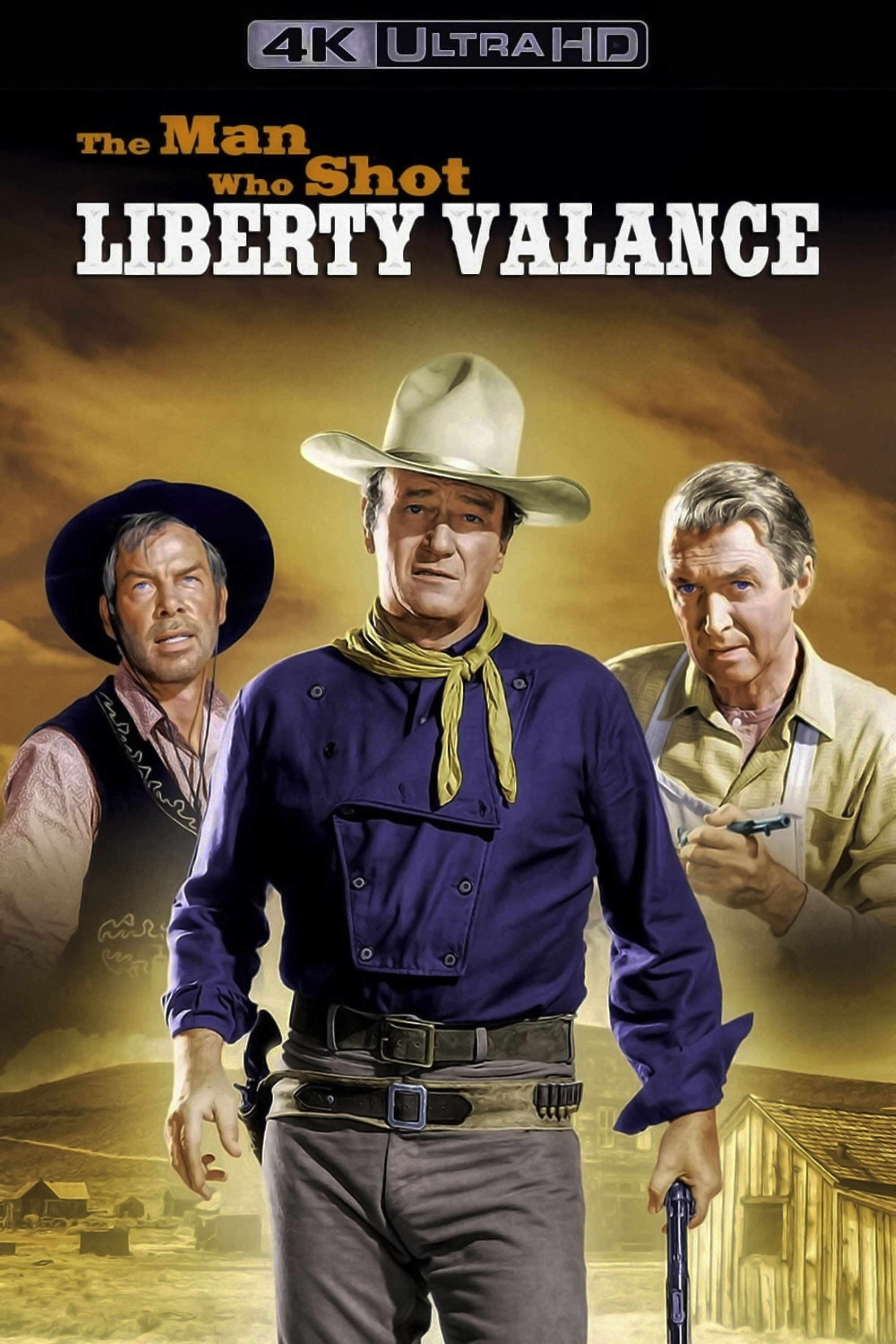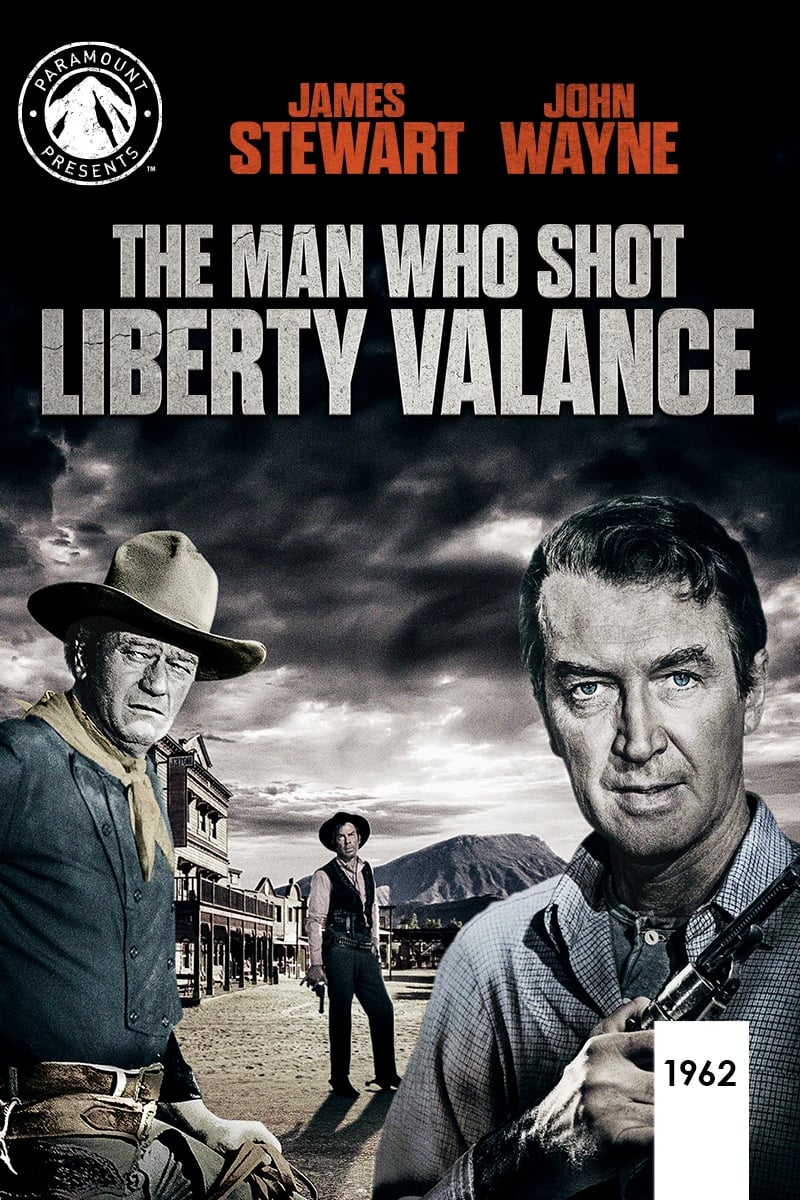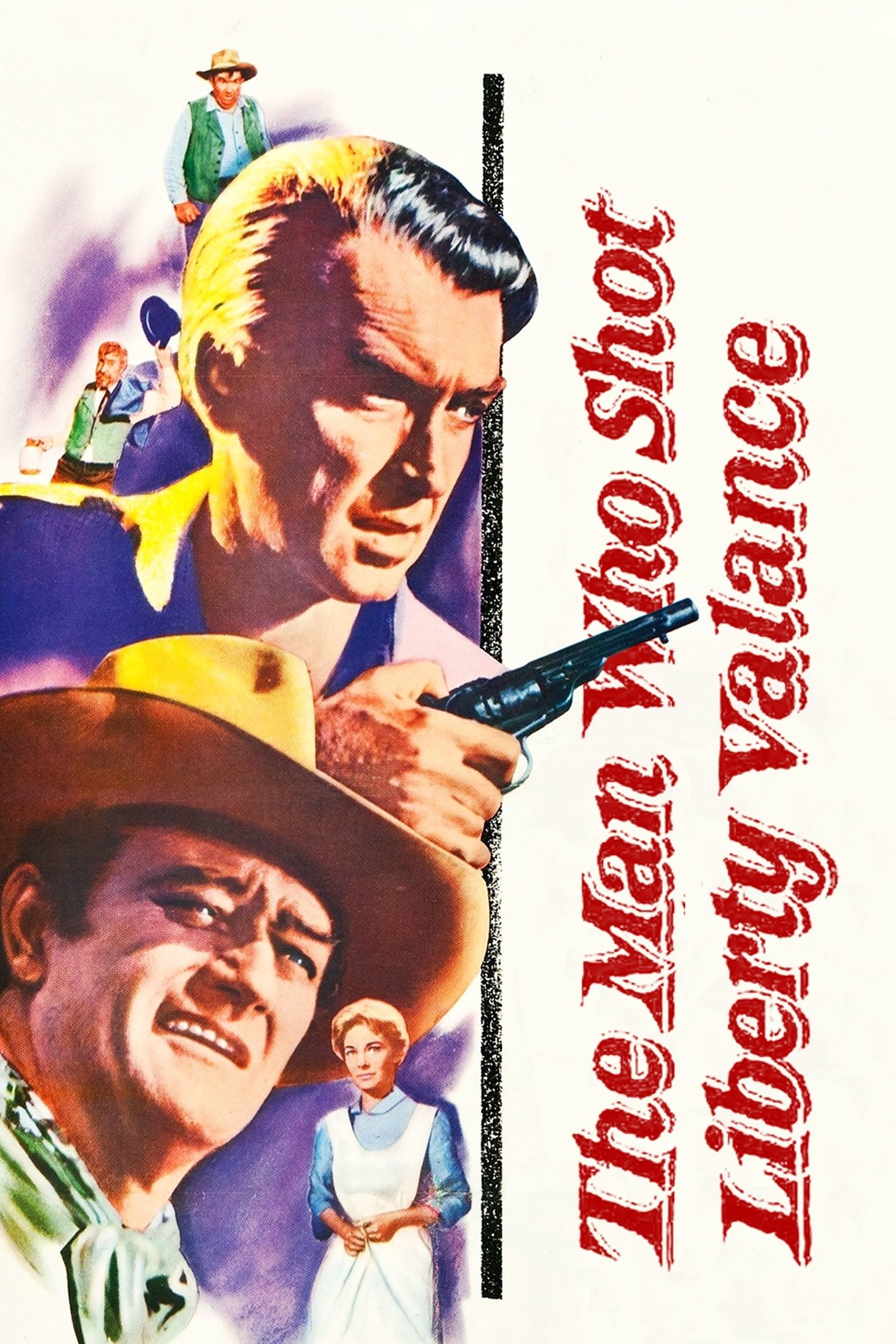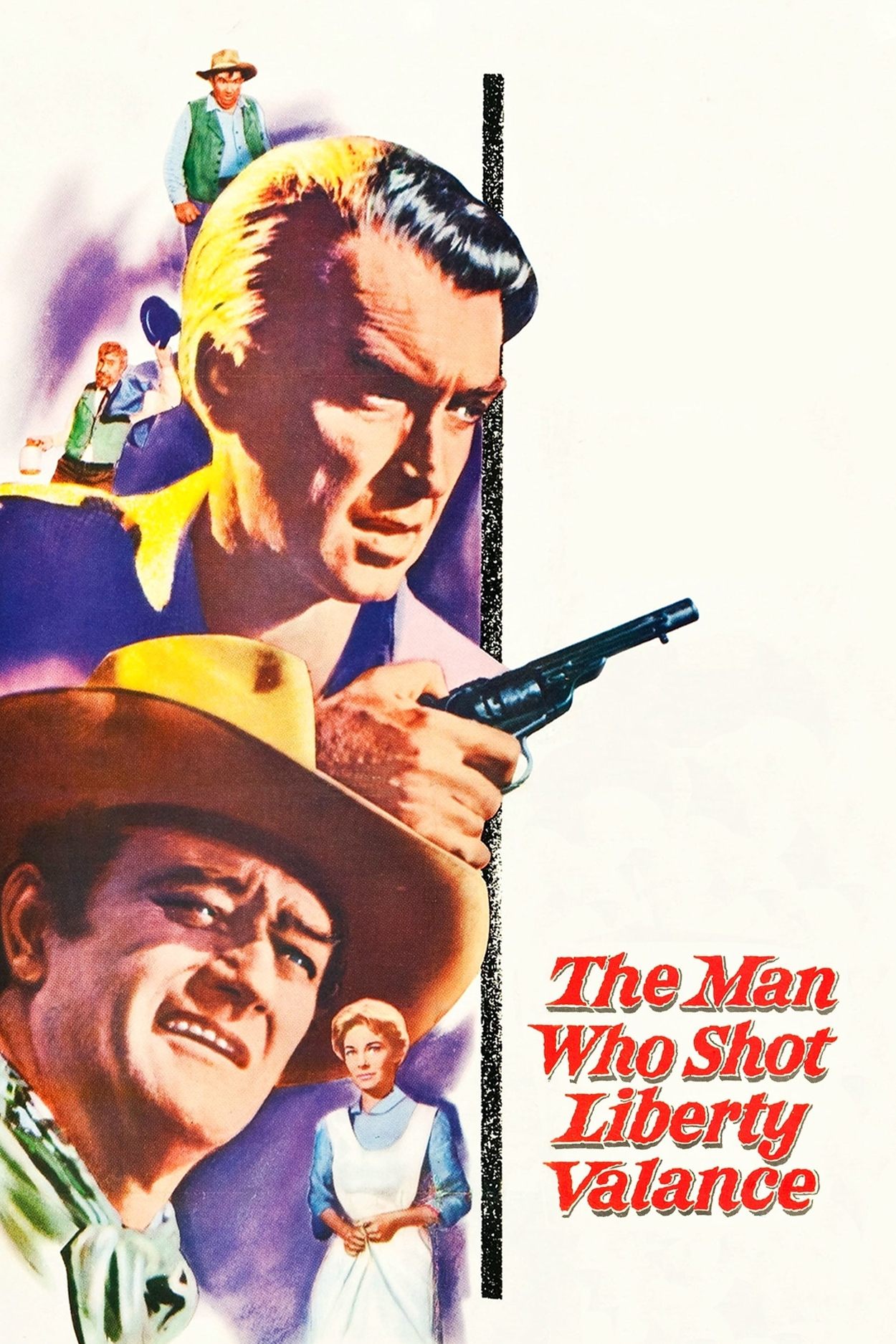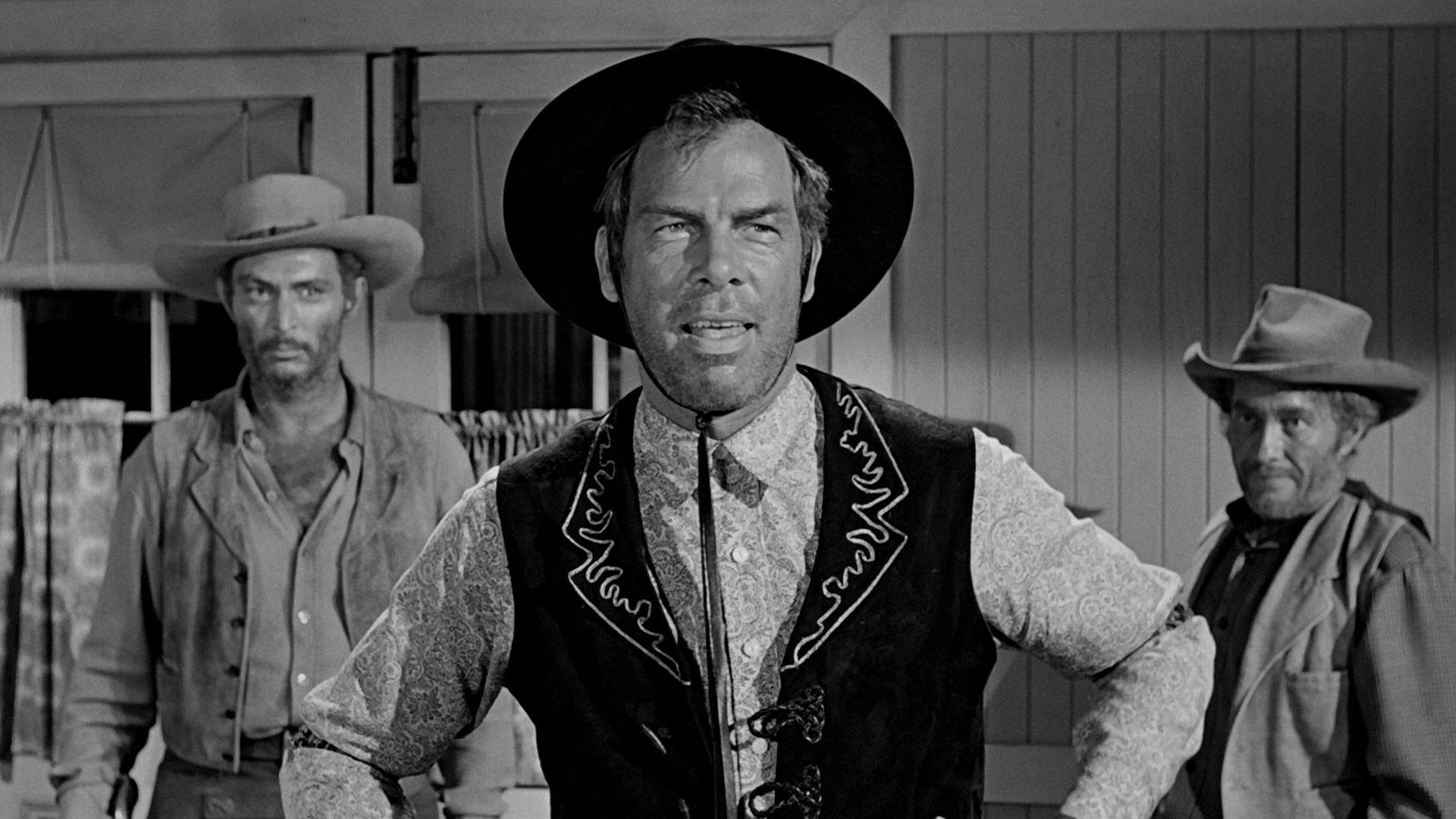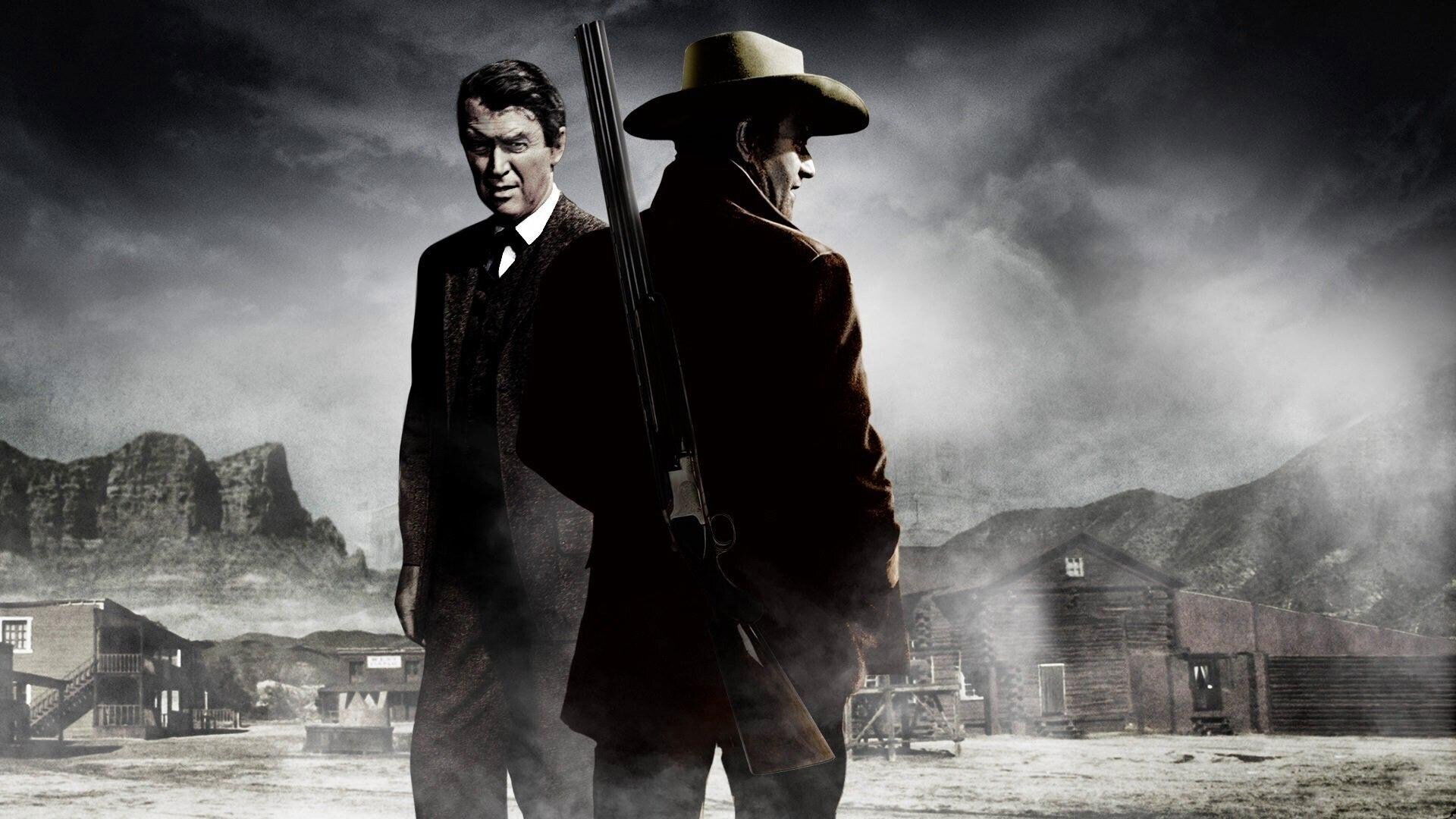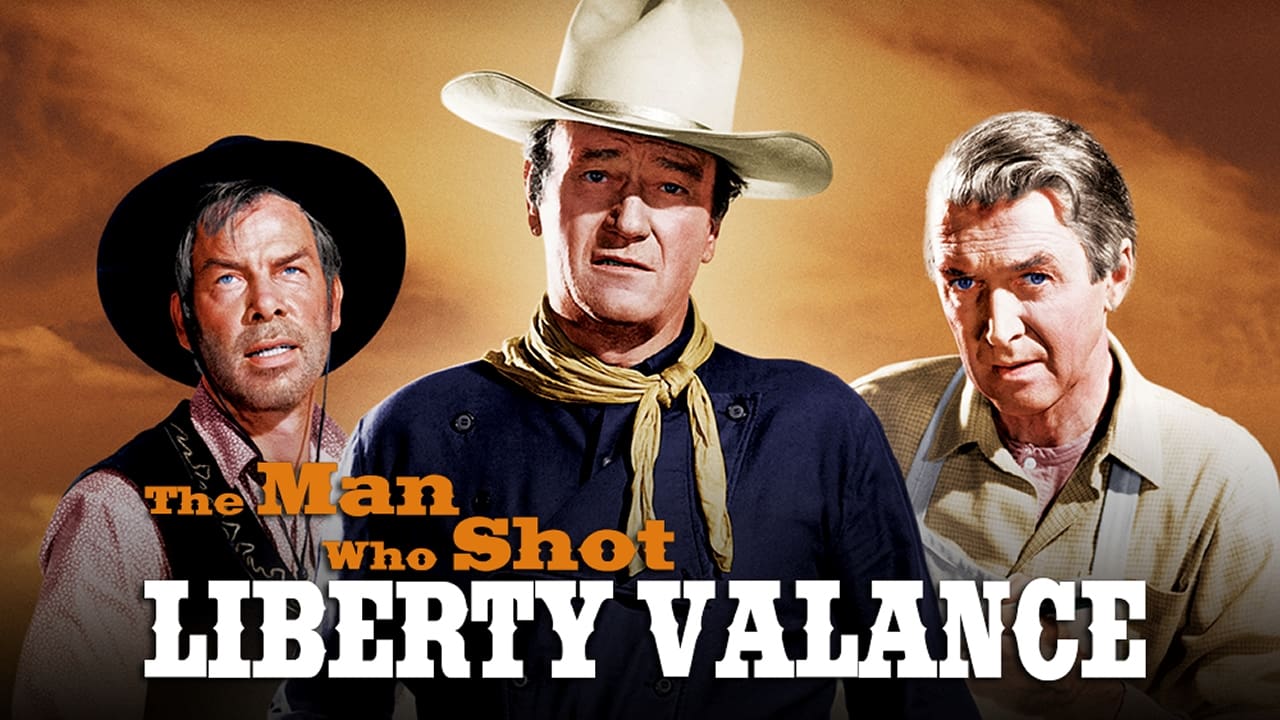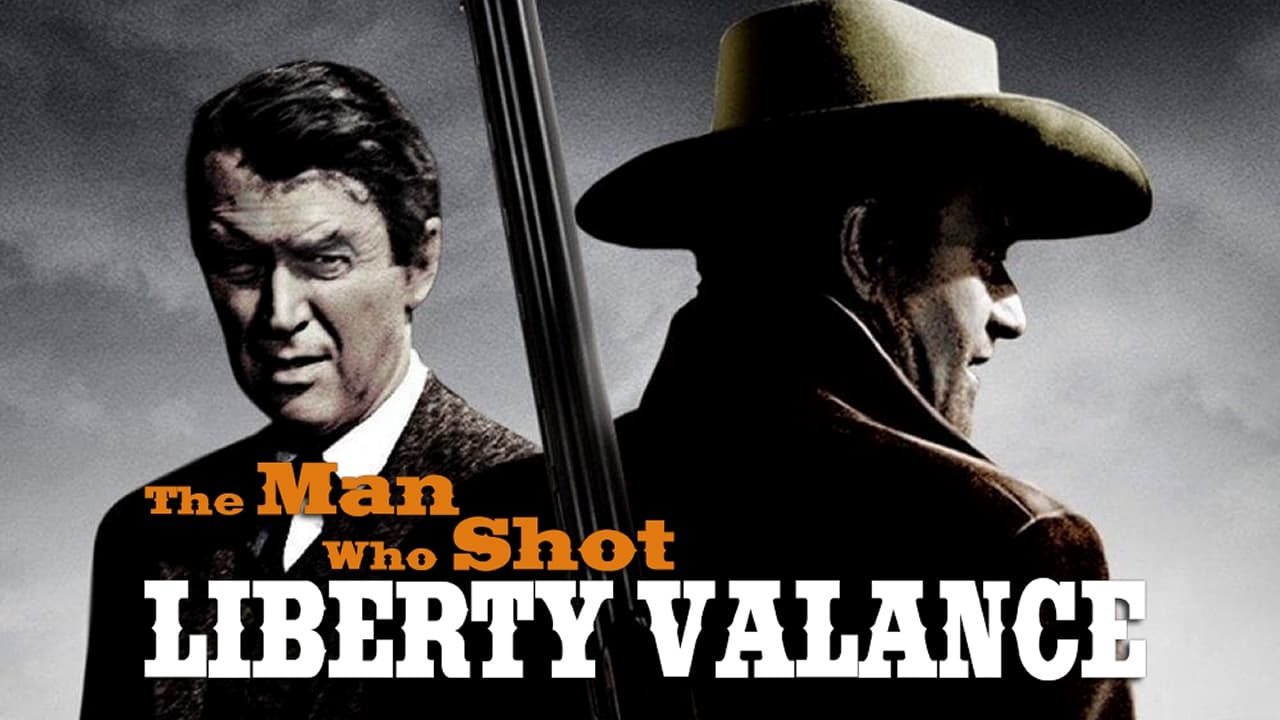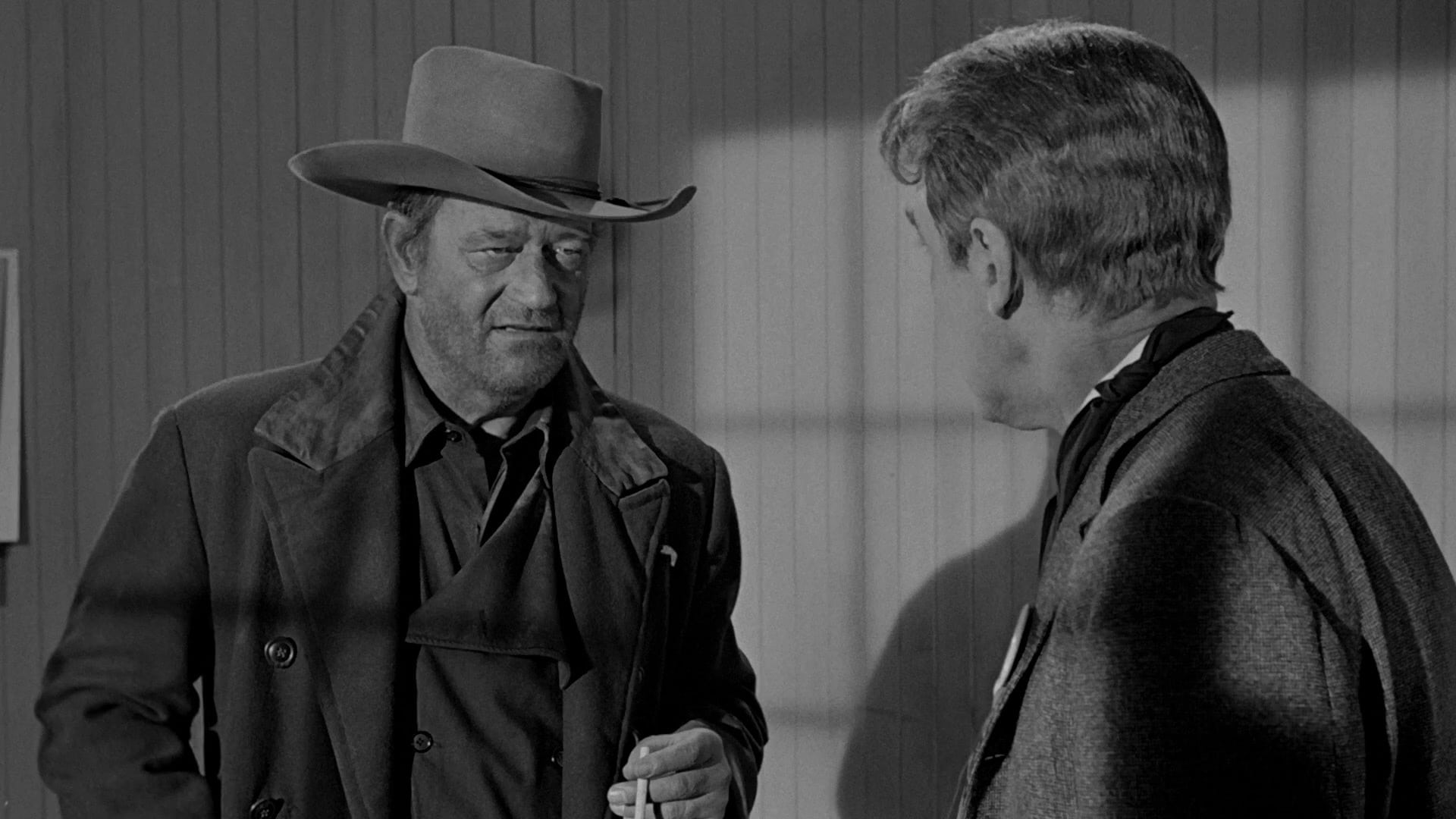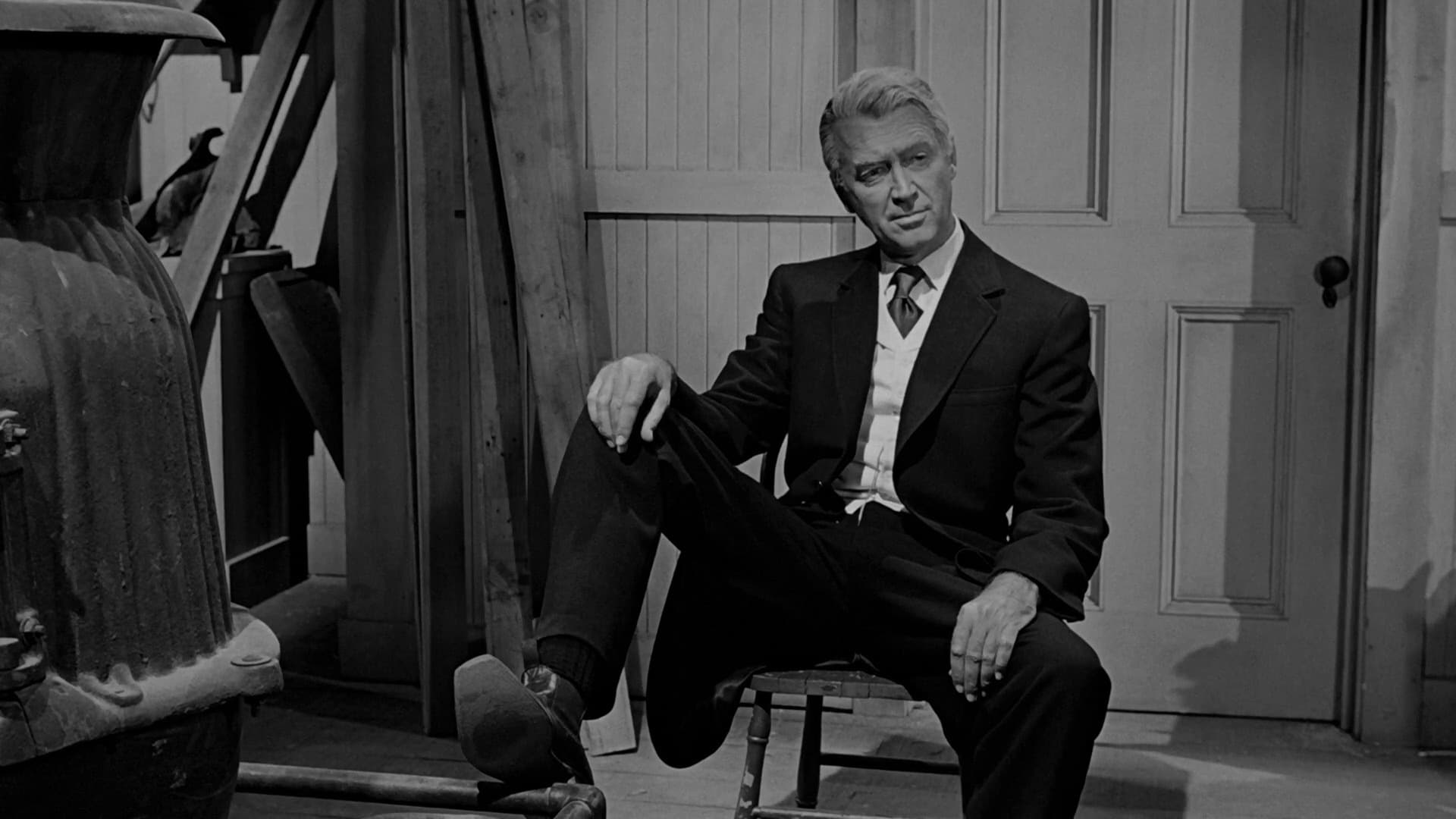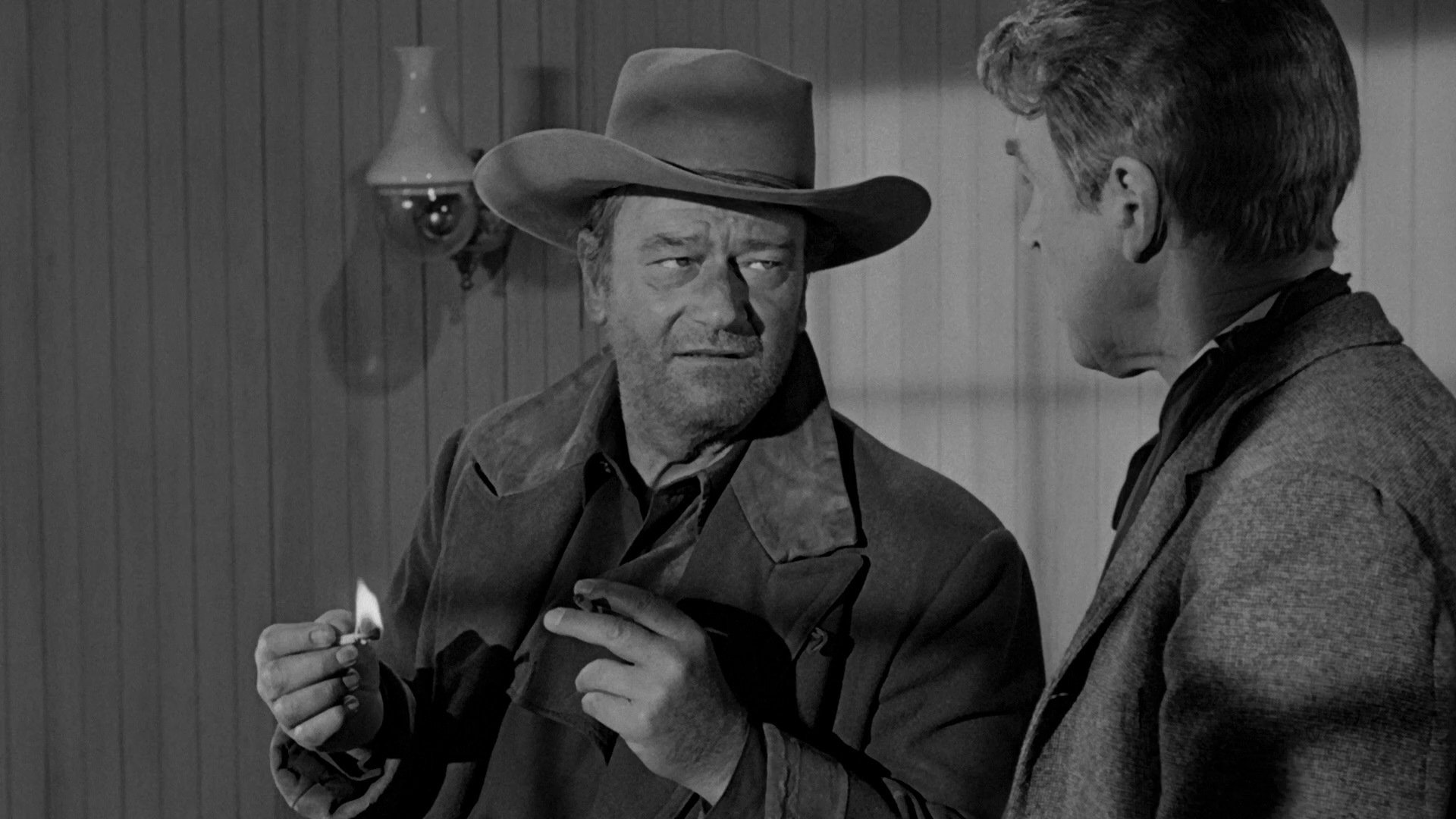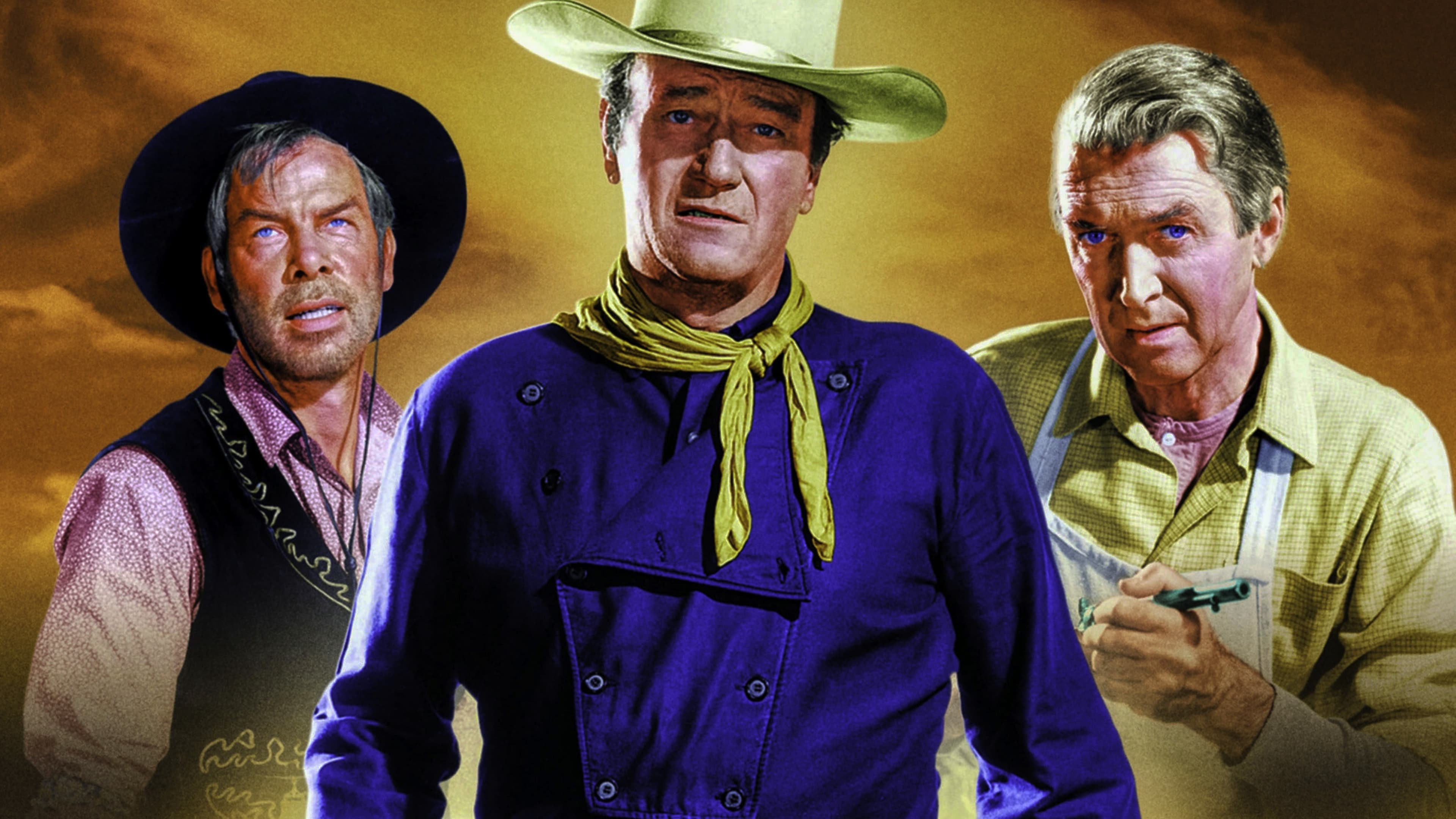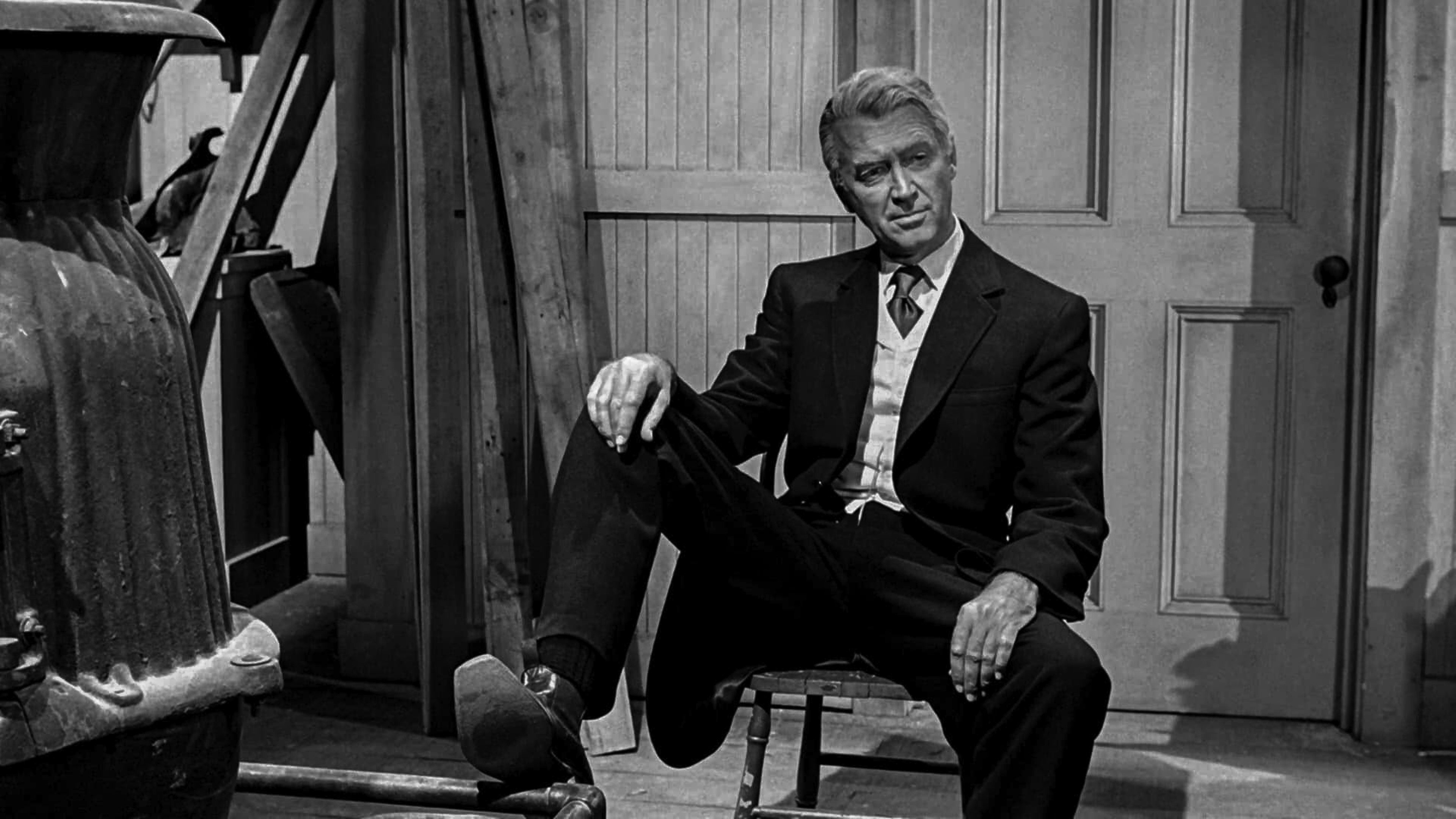The Man Who Shot Liberty Valance
The film boasts a remarkable ensemble cast, with James Stewart delivering a nuanced and captivating performance as Ransom Stoddard, a lawyer who arrives in the lawless town of Shinbone. Stewart's portrayal of a principled and idealistic man caught in a morally complex situation is nothing short of brilliant. Opposite him, John Wayne gives a powerful performance as Tom Doniphon, a rugged and enigmatic rancher. Wayne brings depth and vulnerability to his character, showcasing his range as an actor beyond his iconic Western persona.
The supporting cast is equally exceptional, with standout performances from Vera Miles as Hallie, the woman caught between two very different men, and Lee Marvin as the menacing and charismatic Liberty Valance. Each actor contributes to the richness of the film, adding layers of complexity to their characters and creating a tapestry of emotions that resonate with the audience.
John Ford's direction is masterful, as he skillfully blends elements of romance, drama, and social commentary. The film's pacing allows the story to unfold gradually, building tension and immersing viewers in the harsh realities of the Old West. Ford's visual style, with its sweeping landscapes and meticulous attention to detail, transports audiences to a bygone era, setting the stage for the timeless themes that unfold.
"The Man Who Shot Liberty Valance" delves into the nature of myth and the power of storytelling. It examines how legends are born and how truths can be distorted and embellished over time. Through its narrative, the film raises questions about the cost of heroism and the complexities of personal and societal myth-making. It confronts viewers with the uncomfortable truth that sometimes the line between good and evil is not as clear-cut as it seems.
The screenplay, written by James Warner Bellah and Willis Goldbeck, is a testament to the art of storytelling. It combines elements of a traditional Western with profound social commentary, exploring themes of justice, sacrifice, and the clash between the old ways and the changing world. The dialogue is sharp and thought-provoking, delving into the heart of human nature and the conflicts that arise when ideals clash with reality.
The film's cinematography, with its evocative use of black and white, adds a layer of visual depth to the storytelling. The contrast between light and shadow reflects the moral ambiguity of the characters and the world they inhabit. The framing and composition capture the emotional nuances of the performances, enhancing the impact of pivotal moments and emphasizing the film's underlying themes.
In conclusion, "The Man Who Shot Liberty Valance" is a captivating and introspective Western that goes beyond the surface of the genre. With its exceptional performances, masterful direction, and profound exploration of truth and heroism, the film resonates on multiple levels. It challenges preconceived notions, forces viewers to confront the complexities of morality, and reminds us that the line between legend and reality is often blurred. A must-watch for both Western enthusiasts and those seeking thought-provoking cinema.
Retreiving from wikipedia...
